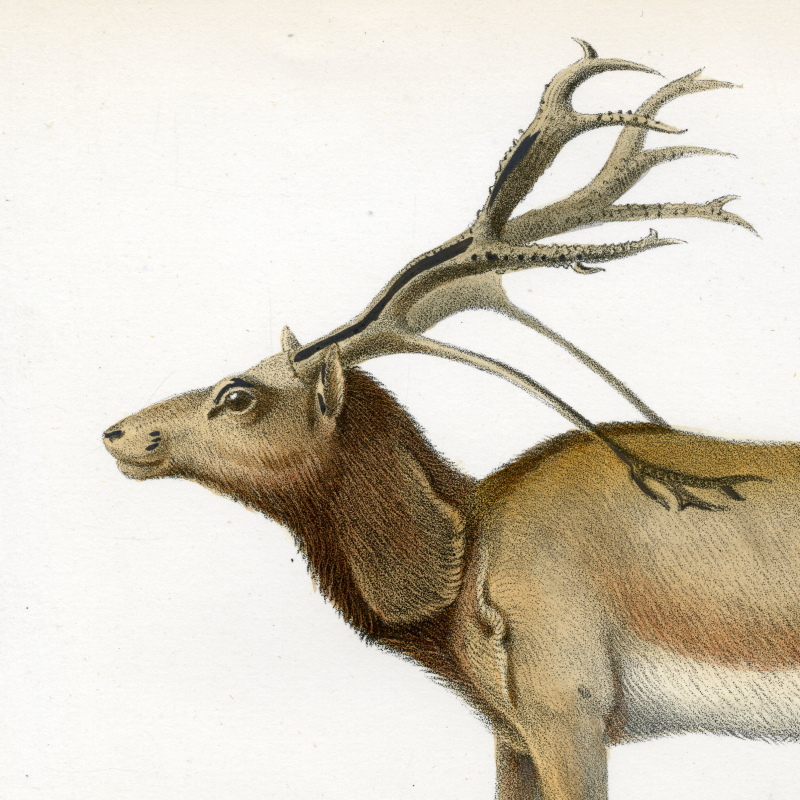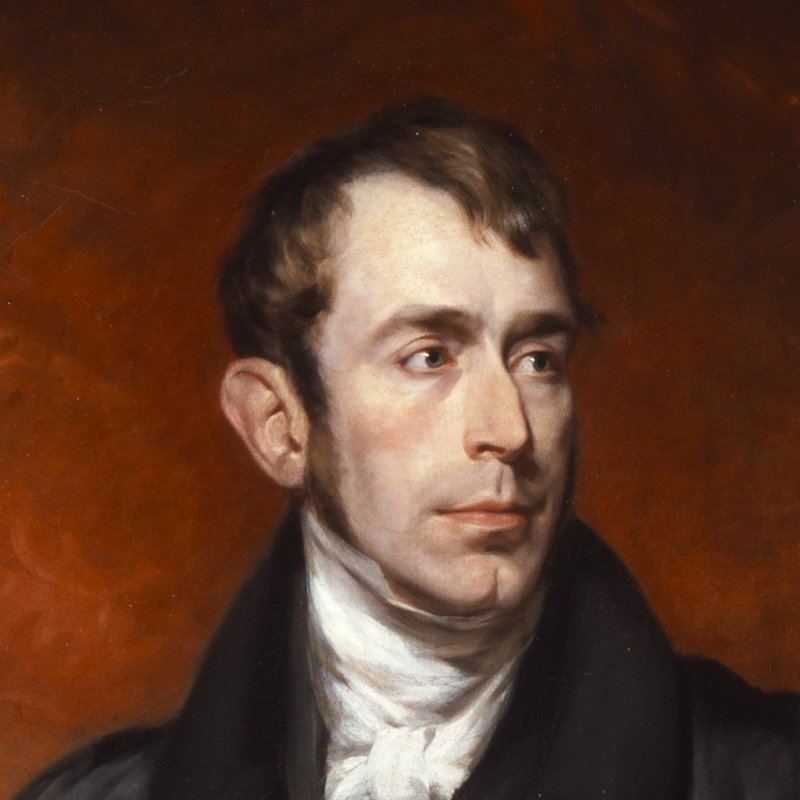Jon Bushell tells the story of a 1962 Royal Society expedition, which journeyed to remote Tristan da Cunha to study a newly erupted volcano and determine its ecological impact.
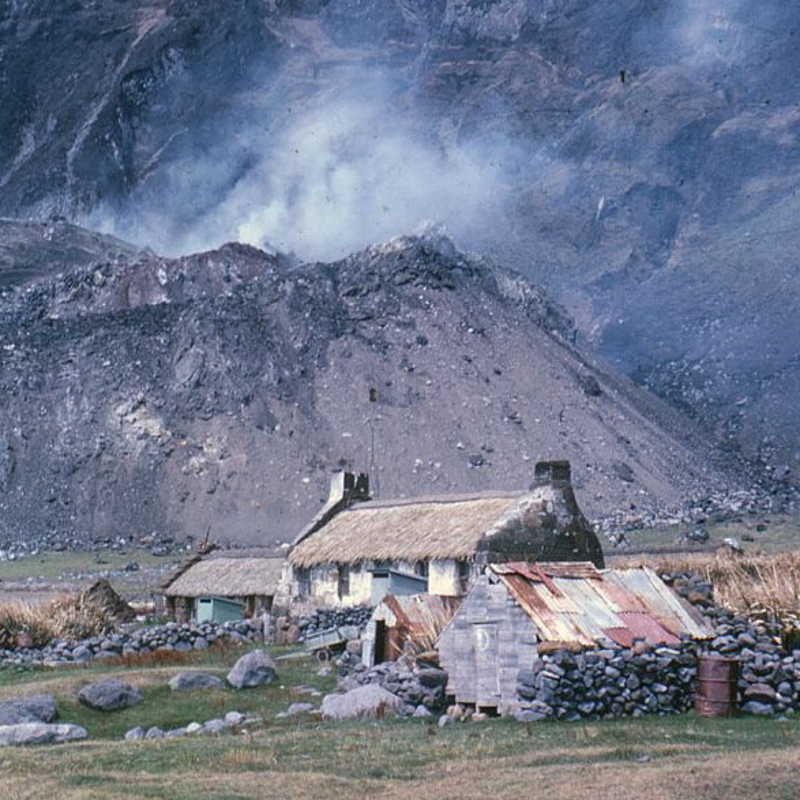
In 2015, scientists calculated that a whopping 800 million people live within 100km of an active volcano. Fertile soils for crops and an abundance of minerals have attracted human settlements to these places throughout history, despite the dangers.
Keeping a careful watch for early warning signs of an eruption is a fact of life for these communities. I’ve written about one such study in eighteenth-century Italy on this blog before. But what do you do if you live on a remote volcanic island, inaccessible by air and six days’ sailing from the nearest port? In 1961, this was the situation faced by the residents of Tristan da Cunha, a small archipelago in the south Atlantic Ocean.
The islands of Tristan were first discovered in the early sixteenth century by a Portuguese explorer named Tristão da Cunha (no prizes for guessing where the name came from). Initially unoccupied, by the early 1800s a British garrison was established on the main island. When this was abandoned, a small civilian population remained behind. In 1961, there were 264 locals living in Edinburgh of the Seven Seas, the largest settlement. It was in August of that year that the first localised earth tremors occurred, becoming more frequent and intense throughout September. It was clear that the volcano was stirring.
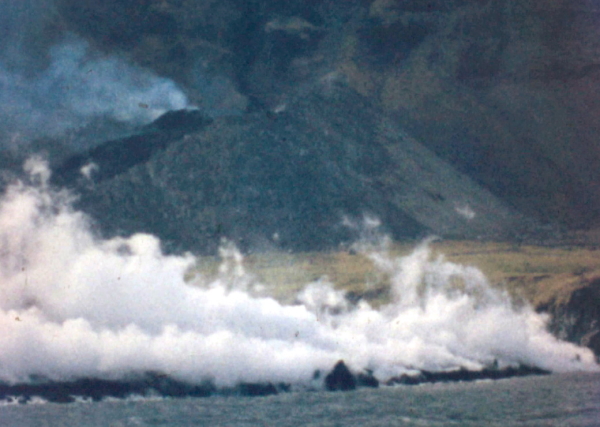
Lava field from the eruption extending into the ocean (from AV/3/13/12)
On 10 October a huge lava dome formed just a few hundred feet east of the village. With the risk of an eruption at any moment, residents took the decision to evacuate Tristan. They travelled by boat to Nightingale Island, at the south of the archipelago. By good fortune, a Dutch ship was scheduled to arrive the following morning, and swiftly set about rescuing the displaced residents. By early November, the island’s population had been brought safely to England, but with no clear idea of when they might return home.
Early reports from vessels monitoring the new volcano were not reassuring. On 21 October, the captain of the M V Tristania reported that ‘The main beach of Tristan da Cunha is now almost covered with lava … The erupting cone is now nearly 400ft high’. The crew of another ship reported in early December that the glowing lava could be seen at night as far as 20 miles from the island.
So where does the Royal Society feature in this story, you may ask? Shortly after the islanders arrived in England, the Society’s Council approved an expedition to the islands to study the newly erupted volcano and the local geology, and to determine the impact of the eruption on the ecology of Tristan. For the islanders the expedition would help provide an answer to the all-important question: when would it be safe to return home?
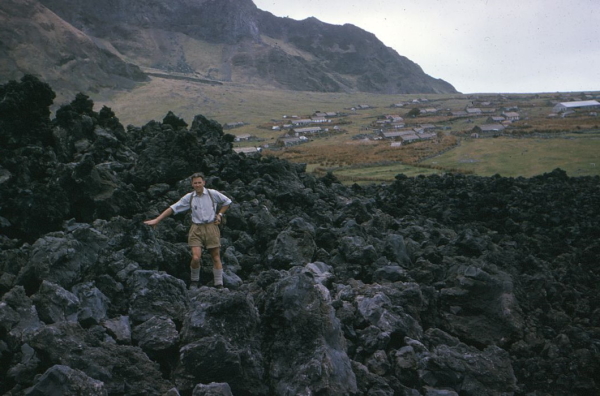
The lava field, with the settlement in the background (from EXP/4)
Following a preliminary assessment in December, the twelve-strong expedition team arrived at Tristan da Cunha on 29 January 1962. Led by Ian Gass FRS, the group included four geologists, a botanist, a zoologist, a meteorologist and an agriculturalist. Alongside this scientific contingent were two Royal Navy officers, as well as two islanders who acted as guides. Upon arrival, it was clear that the volcano had not been as destructive as first feared. The flow of lava had travelled to the north and east of the settlement and out to sea. Most of the settlement had escaped undamaged, although the local canning factory had been destroyed.
The expedition team had just seven weeks to carry out their scientific investigations, before the Navy returned to collect them on 20 March. The newly formed volcano was still showing signs of activity, with volcanic gases and vapour steaming from the crater. A small secondary lava dome was also forming, and when it cracked open in March, the temperature of the rocks inside was measured at 890C. Nevertheless, the volcanic activity was clearly in decline. While it was too soon to suggest the danger had entirely passed, a further significant eruption appeared unlikely.
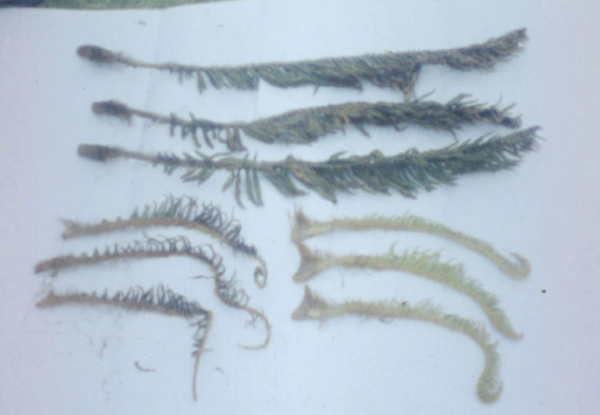
Botanical specimens from the vicinity of the volcano (from AV/3/13/3)
Loss of vegetation to lava and fire also proved to be less widespread than had been feared. Nevertheless, expedition biologists noted that toxic gases from the eruption had spread up to six miles, poisoning much of the nearby plantlife. Luckily, the winds carried the fumes away from the village of Edinburgh of the Seven Seas rather than towards it. Upwind, it was noted that some leaves of the native Phylica arborea bushes had been damaged, but those more than a mile from the crater were unscathed. Downwind to the east, every phylica bush within one mile of the volcano was dead. Outside the worst affected areas, however, there were already early signs of regrowth.
The local fauna also appeared to be in good health. Invertebrate species such as worms and weevils were found just a few hundred metres from the volcano’s crater, tunnelling through soil buried beneath deep layers of ash. Birds were spotted nesting among the dead vegetation, apparently unfazed by the damage. The islanders had also left behind farm animals and pets which had survived in large numbers. Around 200 cattle were counted on the plains around the settlement, and several large herds were thriving elsewhere on the island.
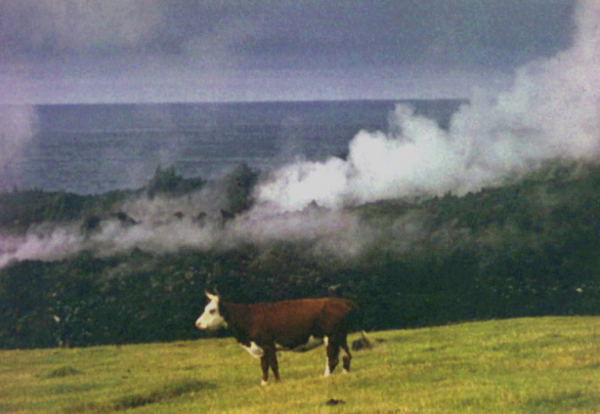
Cattle grazing in the vicinity of the lava flow (from AV/3/13/3)
The results from the Society’s expedition were promising. Based on its conclusions, a small resettlement party returned to the island in September 1962 to begin the task of cleaning up and repairing the village. Throughout 1963 most of the displaced islanders made their way back home, with the first group arriving in April and the rest following in November. The Royal Society’s expedition to Tristan da Cunha had achieved its main objectives, with the team also carrying out geological and biological assessments of the nearby Nightingale and Inaccessible islands.
Much of their work was published in the Society’s journals, and a film of the expedition – covered in this Objectivity video – was also produced. For the residents of Tristan da Cunha, the knowledge that it was safe to return home was the real victory.




